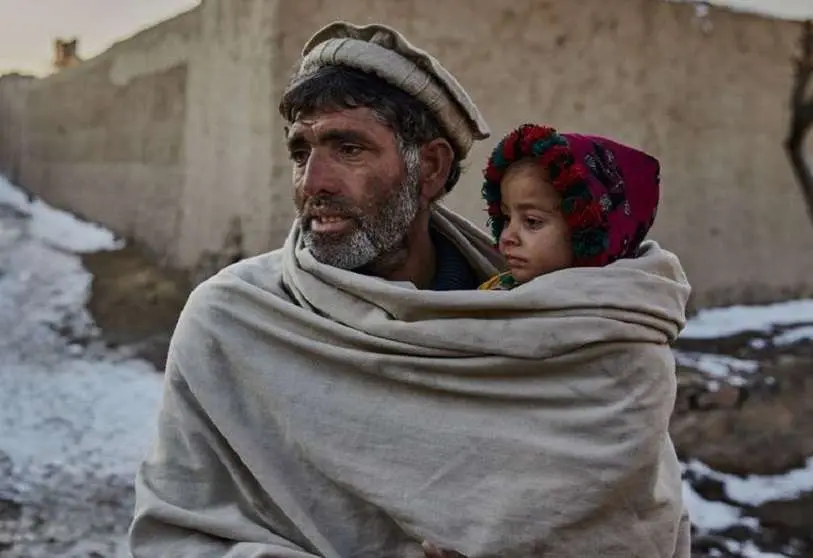UN appeals for more than $5 billion for humanitarian response in Afghanistan

The humanitarian situation in Afghanistan continues its free-fall descent. As if 40 years of war, a steep economic decline, and rising prices and poverty were not enough, in 2021 Afghans faced an upsurge in conflict, the worst drought in 27 years, the withdrawal of international forces and the Taliban takeover of the country in August.
The sum of all these adversities has resulted in more than half of the population - 24.4 million people - requiring humanitarian assistance in 2022, an increase of 30 per cent over last year.
Among these people, humanitarian agencies have prioritised the assistance needs of 22.1 million Afghans, for which $4.44 billion is requested in the Humanitarian Response Plan plus $623 million in the Regional Refugee Response Plan.
UN Under-Secretary-General for Humanitarian Affairs Martin Griffiths stressed that the multiple events in Afghanistan in 2021 occurred at "breakneck speed and with profound consequences for the Afghan people", and warned that "a full-blown humanitarian catastrophe is looming".

For his part, UN High Commissioner for Refugees Filippo Grandi said that "the international community must do everything possible to avoid a catastrophe in Afghanistan, which would not only aggravate the suffering, but would lead to further displacement both within the country and throughout the region.
Grandi added that support for refugees and the communities that have hosted them for generations needs to be scaled up. "The needs of refugees cannot be ignored, nor can the generosity of host countries be taken for granted. They need support and they need it today."
The main concern is the dangerous increase in acute food insecurity affecting all 34 provinces of the country, whether at critical or emergency level. Some 23 million Afghans suffer from acute hunger. This figure includes some 8.7 million in emergency situations.

Increased food insecurity coupled with the potential collapse of basic health system services would leave 1.1 million children under the age of five acutely malnourished and without access to health services. Without action, up to 131,000 children could die during 2022.
In addition, millions of children are out of school, the fundamental rights of women and girls are under attack, farmers and pastoralists are struggling to survive in the midst of the worst drought in decades, and the economy is in free fall.
Both the formal and informal economies underwent radical changes due to the disruption of markets, financial and trading systems, the freezing of Central Bank reserves and lending, and the sudden drop in direct international development aid, which before the Taliban takeover accounted for 75% of public spending.

The deterioration of the economy has led to an immediate contraction of the Gross Domestic Product (GDP) by an estimated 40%, plunging the population into a situation of extreme gravity.
The severe impact on the Afghan economy was compounded by record displacement figures of some 700,000 people in 2021. At the same time, some 9.2 million IDPs and returnees require support to return home wherever possible.
The largest budget item in the Humanitarian Response Plan is for food security and agriculture at $2.66 billion, followed by health sector needs at $378 million and $374 million for emergency shelter and other non-food items.










